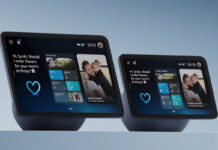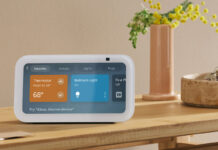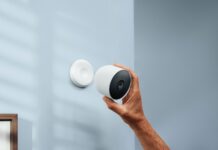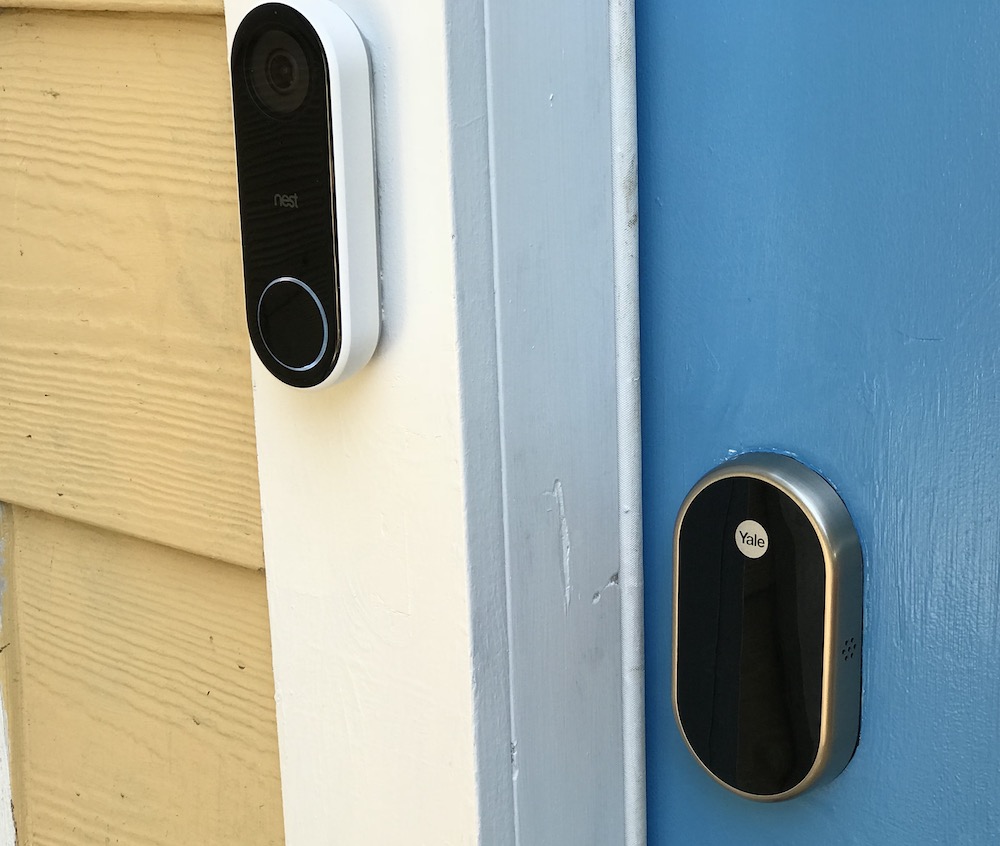
Having smart locks in your home is an easy and fun way to introduce yourself to home automation. Often considered the gateway product to a fully immersive smart home, there are lots of different smart locks of all shapes and sizes, all of which bring some unique things to the table. Here are some things you’ll need to consider when picking and installing a smart lock.
Before I get started, I should mention it doesn’t really matter whether your smartphone is that up to date or not. Most apps still run on some form of iOS 8/9 and Android OS 4.4. Most smart lock apps don’t require you to update your OS to something a bit more up to date.
Do I have the right lock setup?
The most important thing about whether you can even have a smart lock at home is whether you have the right type of deadbolt setup. If you don’t even have a deadbolt on your front door to begin with and have been working off a single push button doorknob lock all of these years, you’ll have to call for help or use your handyman skills to custom fit your door with a deadbolt.
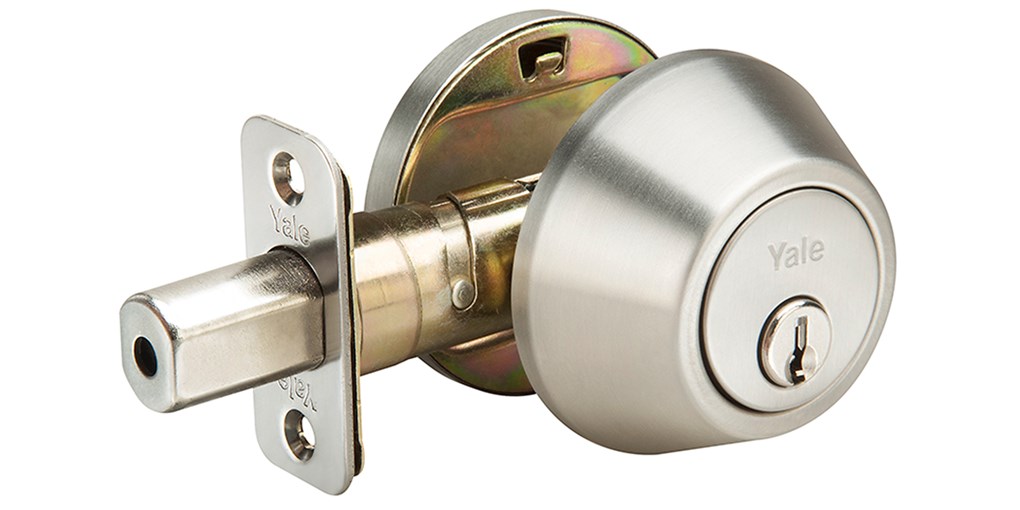
The “right” style of deadbolt is your most cookie-cutter, off the shelf, single cylinder deadbolt (with the latch on the inside) as pictured above. If you’ve got one of those old style rotating deadbolts with the two teeth that slide into a slot or one of those setups where both sides require keys, chances are you’re out of luck.
If this sounds worrying at all, it shouldn’t. I’d safely say that 90% of doors out there have a pretty stock standard deadbolt. You’d have to have some fairly unique or antique deadbolt (or none at all) for a smart lock not to work.
Should I get a bluetooth or Wi-Fi smart lock?
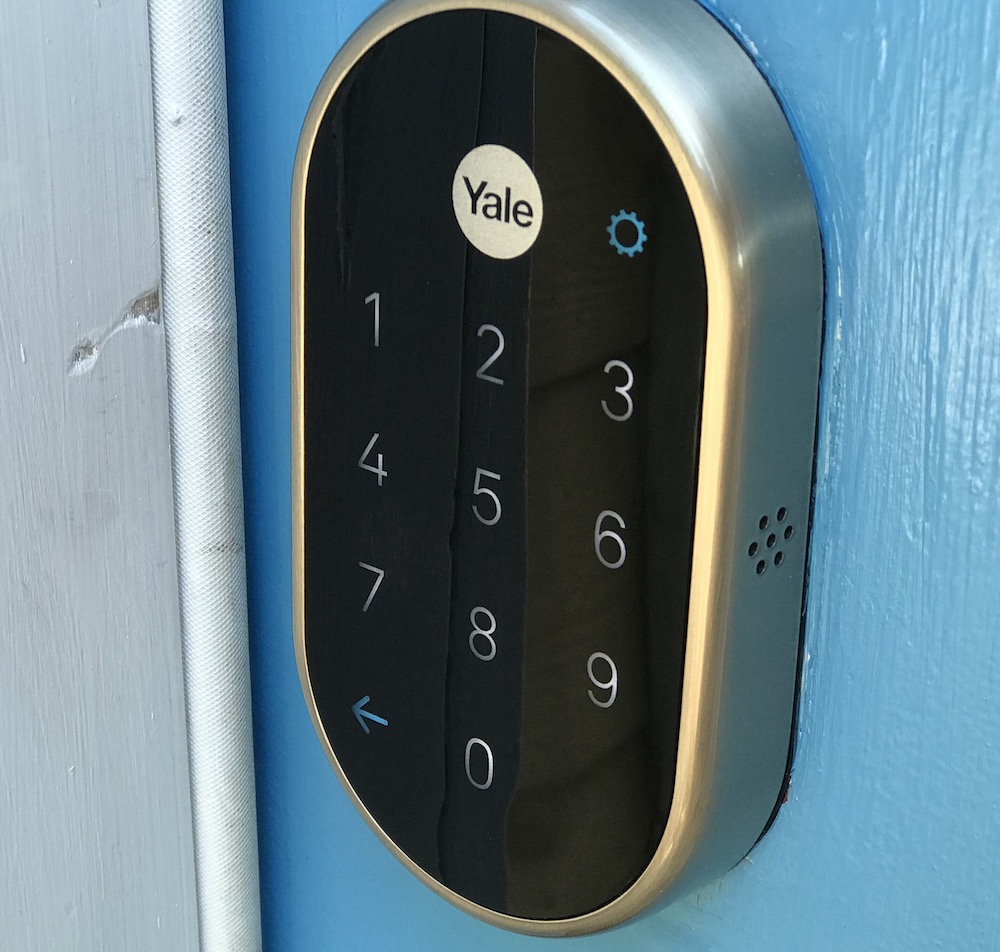 The greatest convenience of having a smart lock on your entry doors is that you never have to take keys with you wherever you go. On that note, choosing between a Bluetooth and a Wi-Fi enabled lock is really just a matter of convenience. Do you want to be able to open your front door from wherever you want (for example, if your kids call and they’ve forgotten their keys or locked themselves out of the house?), or would you prefer to have a smart lock just for the purpose of ditching your house keys? Just about any option you choose out there has Bluetooth functionality, including the new Nest x Yale lock, shown to the left. In fact, some locks even offer little conveniences like proximity-based automatic unlocking. This feature dates back to the now defunct Ok-I-Dokeys lock system, which even tried the ambitious idea of tap access cards. Right now, August probably does this the best with its auto-unlock system which you can easily enable through the app.
The greatest convenience of having a smart lock on your entry doors is that you never have to take keys with you wherever you go. On that note, choosing between a Bluetooth and a Wi-Fi enabled lock is really just a matter of convenience. Do you want to be able to open your front door from wherever you want (for example, if your kids call and they’ve forgotten their keys or locked themselves out of the house?), or would you prefer to have a smart lock just for the purpose of ditching your house keys? Just about any option you choose out there has Bluetooth functionality, including the new Nest x Yale lock, shown to the left. In fact, some locks even offer little conveniences like proximity-based automatic unlocking. This feature dates back to the now defunct Ok-I-Dokeys lock system, which even tried the ambitious idea of tap access cards. Right now, August probably does this the best with its auto-unlock system which you can easily enable through the app.
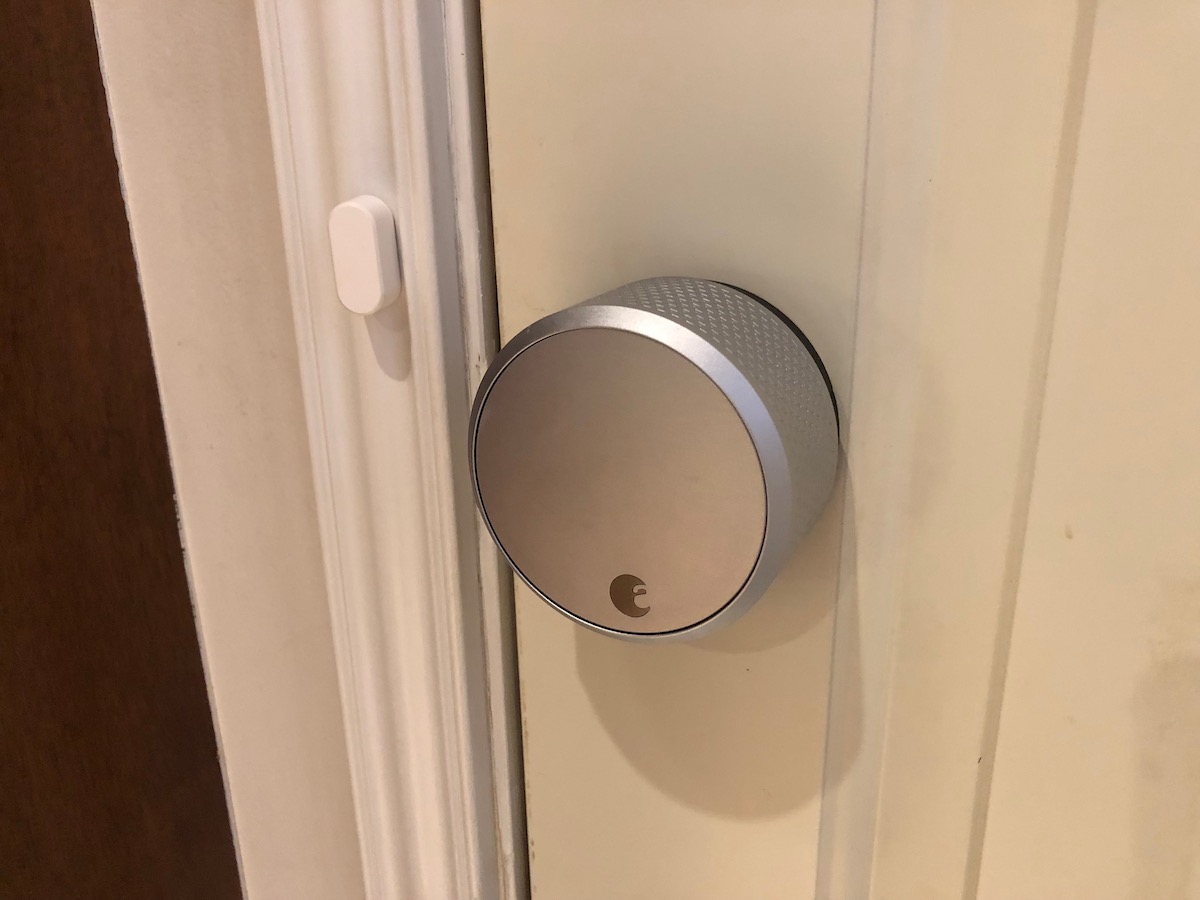
Wi-Fi access is another question altogether. The only option you really have to choose from in that case is the August Smart Lock, and in order for you to enable Wi-Fi capability, you’re going to need to buy the August Connect Bridge and install that nearby too. If you have neither of these, you can buy both in a package and have them installed in your home in less than 20 minutes. August Connect will also give you easy access to other smart home ecosystem connections, like Apple HomeKit.
If the Wi-Fi connection tends to be a bit weak around your entry doors, it’s going to hinder the remote capabilities of your phone. I have an August Smart Lock Pro on my front door and recently purchased a range extender to ensure that I have consistent access to the front door alerts and unlocking the front door if I need it. Range is a bit tricky in my house, and as a result, the connection at the front door is spotty at best.
Do I want keys as a backup or not?
With a smart lock, keys become optional. The question then becomes whether you want to ditch your keys altogether or keep them as backups for your kids or other family members that don’t have smartphone capabilities (or the ability to accept the guest key systems that some locks offer).
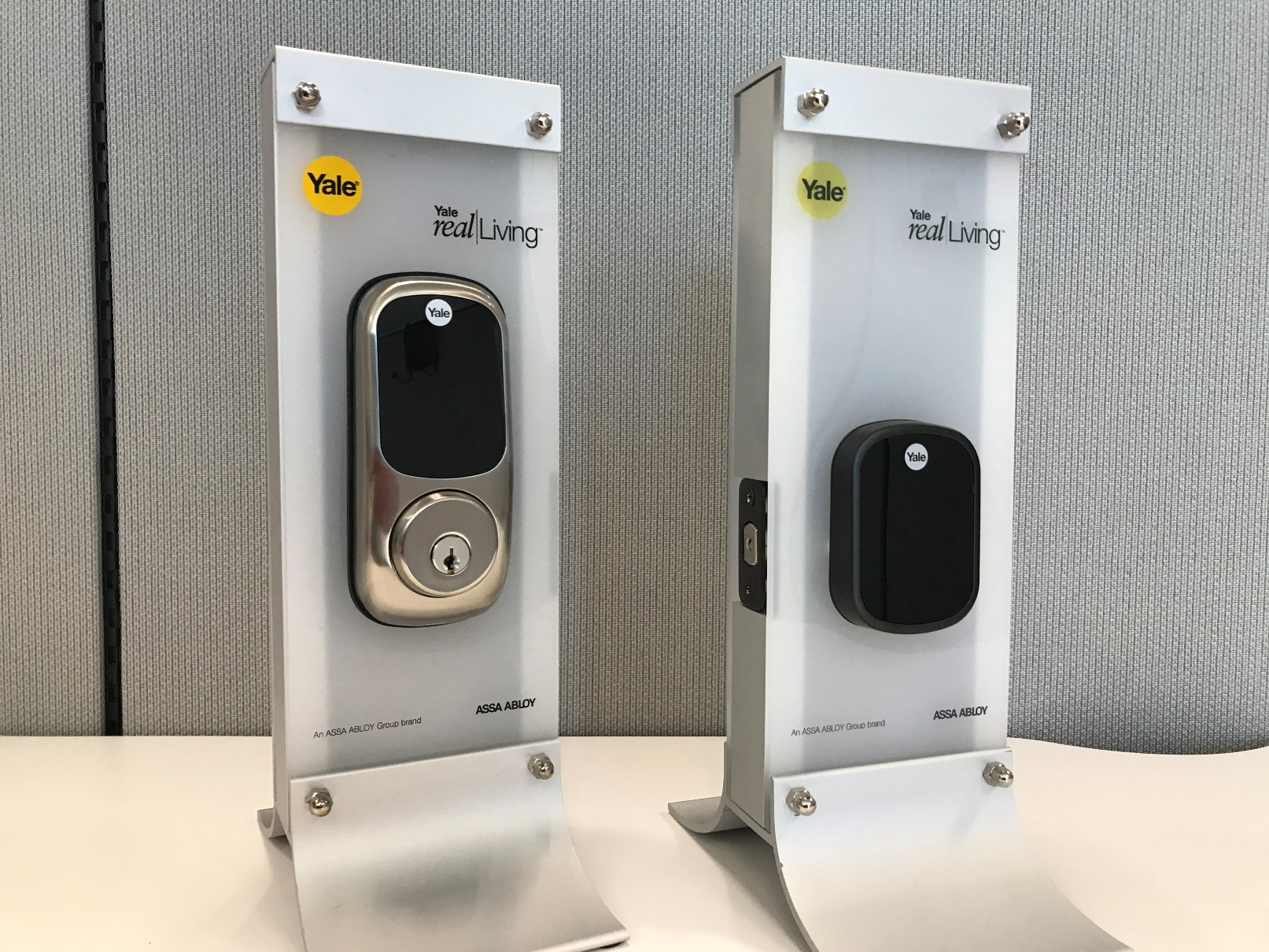
If you don’t want keys at all, you should consider one of the previous generation Yale Assure locks or the newer Nest x Yale locks. They’re nothing but a front facing keypad, and entry from the outside is only done through your smartphone or by entering a specific keycode. Having this approach means that your lock becomes immediately pick proof with no keyhole to bump, which is one great piece of security. However, you may be worried about what sort of a failsafe you might have, and you shouldn’t be. While Yale’s locks (like most smart locks) are battery powered, Yale has a failsafe built in should your battery be dead. You can simply apply a 9 volt battery to a terminal below the lock and bring it back to life long enough for you to get in the house and change the batteries inside the unit.
Do I have an existing Home Automation ecosystem?
Do you have an existing Home Automation ecosystem that you’re already using? If you’ve committed to a system like HomeKit, Works with Nest, or you like, say IFTTT, you’re best to find a lock system that cooperates with your setup just to make your life easier.
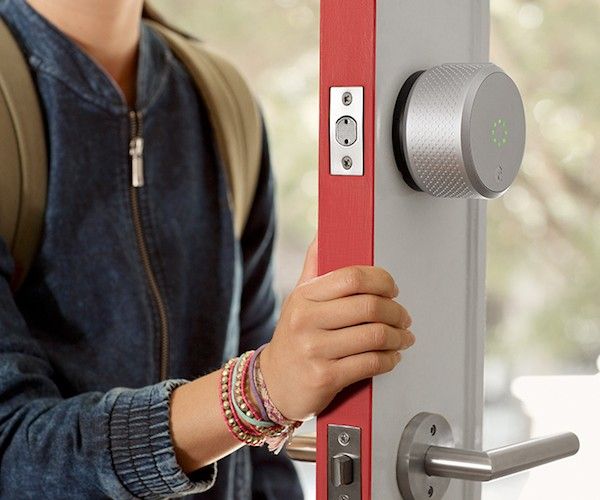
Your best bet for all ecosystems is the August Smart Lock Pro. If you buy the regular August Smart Lock, you won’t have as much support for different systems, and last I checked, it didn’t work with HomeKit at all. The August Smart Lock Pro basically works with everything you could ever think of, even systems that don’t get as much exposure in Canada like the Samsung owned SmartThings. This means that you can transition from system to system and ensure that you won’t have to upgrade your locks along the way. In order to gain HomeKit access, however, you will need that August Connect that I mentioned earlier.

Yale Locks are pretty comprehensive in their support, though there might be the odd system they don’t support. They do currently link up with Nest, SmartThings, IFTTT, and Z-Wave. If you want HomeKit functionality, you need to buy a lock with the Yale im1 module, or buy the module itself and add it to your existing lock.
Do I want my lock to work with Alexa or Google Assistant?
If you want the comfort of using Alexa or Google Assistant with your Smart Locks, there are two options that lead the market. The first (which shouldn’t be a surprise by now) is August. August was the first smart lock to allow its owners to sync up with both Google Assistant and Alexa. Both have paired just fine with August for around a year or so now, and within the last 2 months, August has also added Alexa Skills for its little Doorsense device (which comes with most of the Smart Locks now) that tells you whether your door is open or closed.
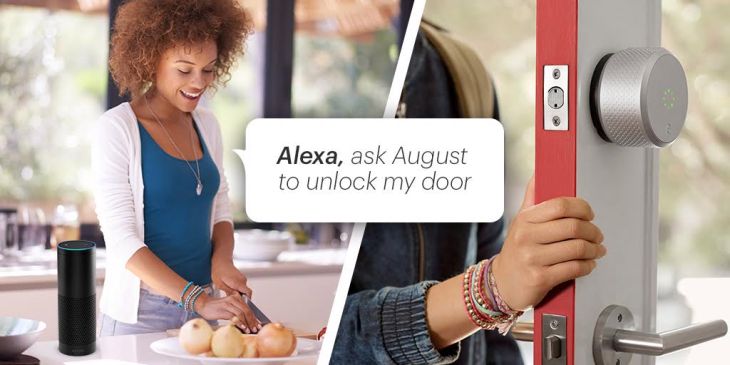
The second option is Yale’s Locks, which work with both voice assistants as well. You will have to do a little bit more than just the out of the box to get there though. In order for a Yale lock to work with Alexa or Google, you have to add the Z-Wave adapter (sold separately) as well as interface it through the SmartThings hub. Otherwise, the functions for Yale Locks are numerous. One thing they don’t allow you to do, though, is voice-activated unlocking. This was a purposeful exclusion on their end for security reasons.
In both cases, you just have to enable the appropriate skill and then follow the directions to allow for you to command the voice assistants to act on your behalf. The nice thing about the August ecosystem is that if you have other components (like the doorbell), you can run all of those simultaneously through voice commands too (especially if they’re all connected together)!
That’s a quick look at some of the things you’ll need to keep in mind before you commit to a smart lock. Now that you’ve had a read, what smart lock have you decided on? Are you a smart lock owner already that’s decided on a new lock now too? Chat with us in the comments below.

